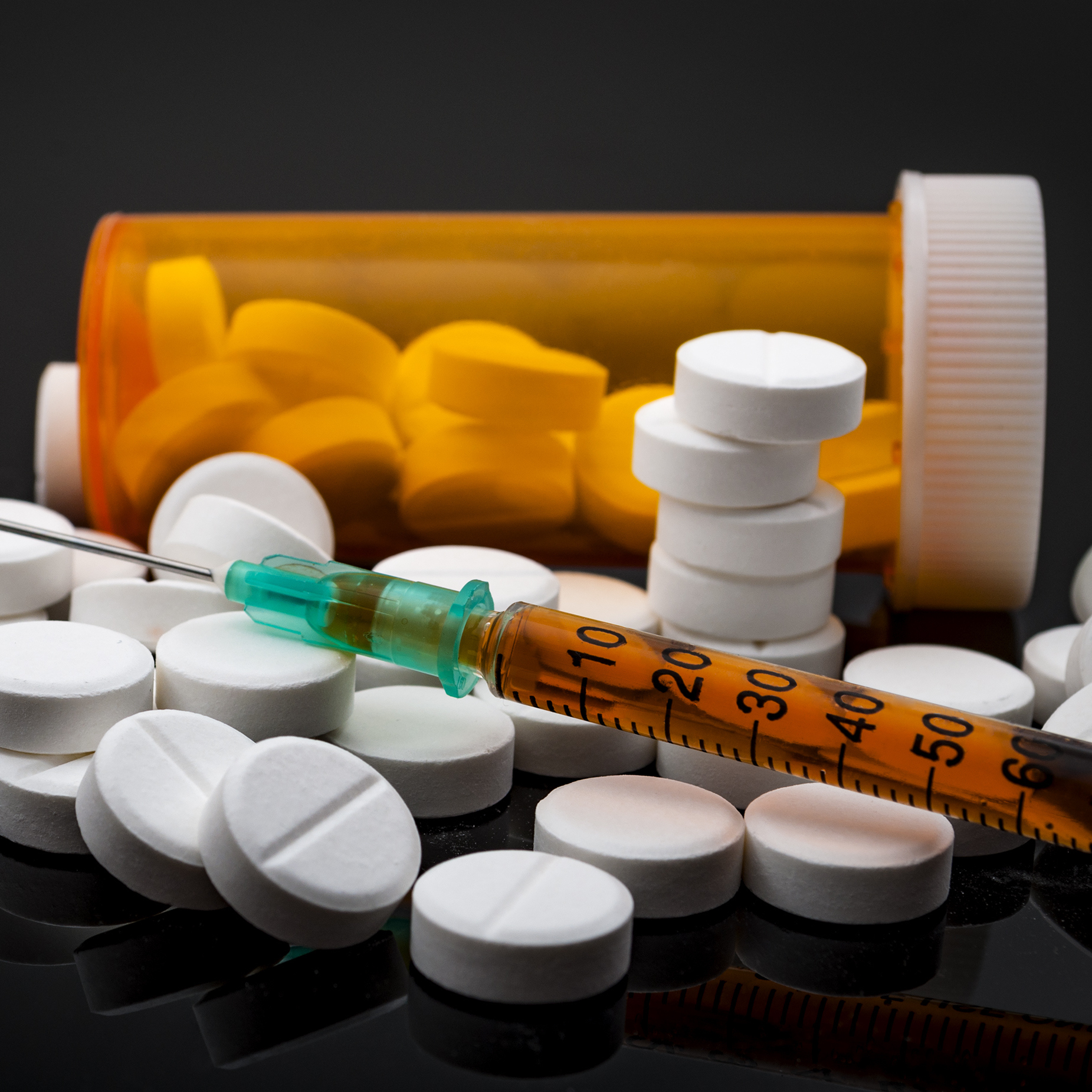

Spending on prescription opioids peaked in 2009 and has declined ever since. The cost of treating opioid addiction resulting from both prescription and illicit use of the drugs soared to $2.6 billion in 2016 among Americans covered by large employer (more than 1,000 employees) health plans.
Of that amount, $1.3 billion went for outpatient treatment, $911 million was spent on inpatient care and $435 million was used to purchase prescription drugs. Insurance plans covered $2.3 billion of the total and out-of-pocket payments of $335 million covered the rest.
On average, inpatient and outpatient treatment for opioid addiction and overdose added about $26 per person to the annual cost of health benefits coverage for large employers in 2016, up from about $3 in 2004.
The data were reported Thursday by the Kaiser Family Foundation, based on a sample of benefit claims filed between 2004 and 2016 by people covered by large employer health insurance plans. In 2016 large employers filed nearly 20 million claims, representing 23% of the 85 million people in the large group market.
The cost of treatment for opioid addiction is rising both for employers and employees. About 1% of total inpatient spending and 0.5% of all outpatient spending by people with large group coverage went to treat opioid addiction.
Among people with large employer coverage who had outpatient spending on treatment for opioid addiction and overdose, the average outpatient expenses totaled $4,695 (of which $670 was paid out-of-pocket) in 2016. Among those with inpatient spending on treatment for opioid misuse, average inpatient expenses totaled $16,104 (with $1,628 paid out-of-pocket) in 2016. On average, inpatient expenses have nearly tripled, up from $5,809 in 2004.
The Kaiser report concludes:
Despite declining rates of opioid prescribing to those with employer coverage, spending on treatment for opioid addiction and overdose has increased rapidly, potentially tied to growing illicit use and increased awareness of opioid addiction. Opioid addiction and overdose treatment – the bulk of which is for dependents of employees – represents a small but growing share of overall employer health spending.
The full report is available at the HealthSystemTracker website.
Sponsored: Find a Qualified Financial Advisor
Finding a qualified financial advisor doesn’t have to be hard. SmartAsset’s free tool matches you with up to 3 fiduciary financial advisors in your area in 5 minutes. Each advisor has been vetted by SmartAsset and is held to a fiduciary standard to act in your best interests. If you’re ready to be matched with local advisors that can help you achieve your financial goals, get started now.
Thank you for reading! Have some feedback for us?
Contact the 24/7 Wall St. editorial team.



